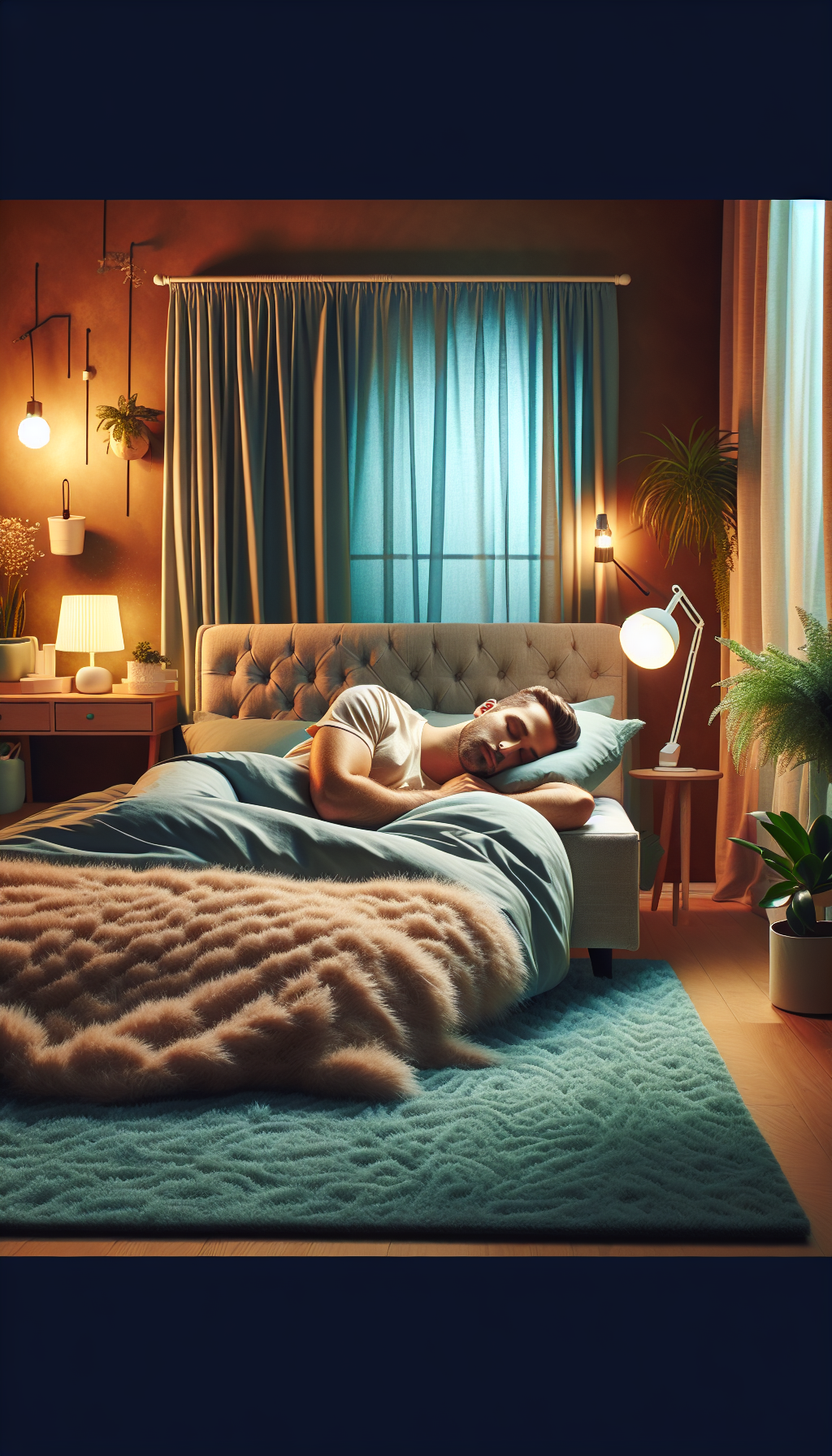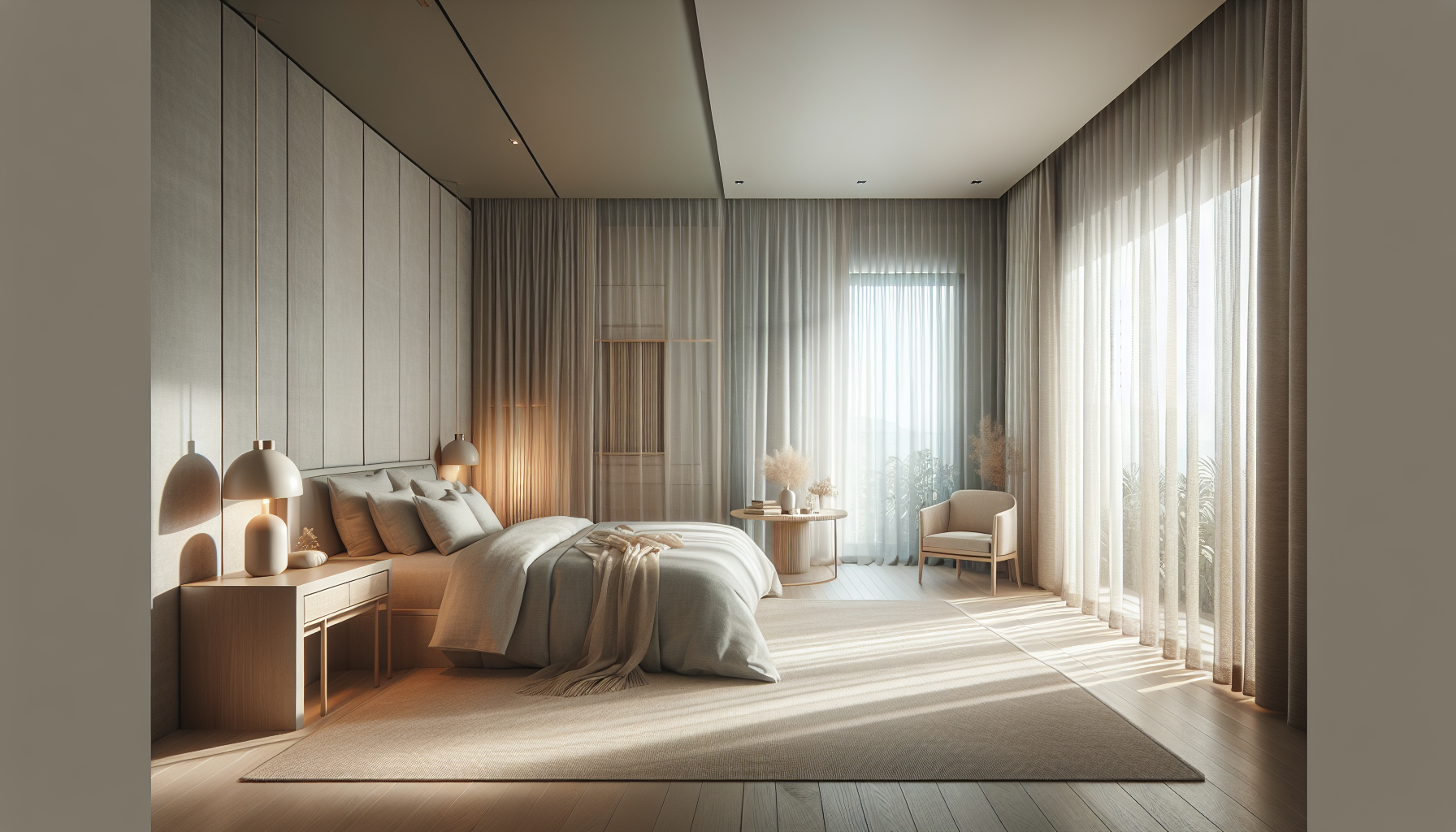In the hustle and bustle of modern life, a good night’s sleep has become a coveted treasure. Sleep hygiene, the habits and practices conducive to sleeping well on a regular basis, is a crucial component of overall health. As our understanding of the intricate relationship between sensory input and sleep deepens, it’s clear that striking the right balance is key to enhancing sleep quality. This comprehensive exploration delves into the strategies for managing sensory experiences to promote restful sleep and, by extension, bolster overall sensory health.
Sensory Health and Sleep
Sensory health pertains to the effective functioning and processing of our five senses: sight, sound, touch, taste, and smell. The interplay between these senses and our internal systems can profoundly influence our sleep patterns. For instance, excessive noise or light can disrupt the circadian rhythm, the body’s natural sleep-wake cycle, leading to sleep disturbances. To delve deeper into the broader aspects of sensory health, consider exploring Sensory Health and its impact across various facets of well-being.
The Role of the Sensory Environment
The environment in which we sleep can either be a lullaby or a cacophony to our senses. The bedroom should be a sanctuary, optimized for minimal sensory disruption. Factors such as room temperature, mattress comfort, and ambient noise all play pivotal roles in sleep quality. For instance, studies suggest that a cooler room temperature aids in lowering core body temperature, signaling the body to sleep.
Light and Melatonin Production
Melatonin, the hormone responsible for regulating sleep patterns, is particularly sensitive to light exposure. The blue light emitted by electronic devices can inhibit melatonin production, making it harder to fall asleep. Dimming the lights and reducing screen time an hour before bed can help maintain the natural production of melatonin.
Sound and Sleep Cycles
Noise can be a significant barrier to entering deep sleep or REM (rapid eye movement) sleep. Consistent, soft background sounds, or white noise, can mask disruptive noises and create an auditory environment conducive to sleep. The use of sound machines or apps that simulate natural sounds can be beneficial in this regard.
Touch and Comfort
The tactile experience of your bedding can have a surprisingly profound impact on sleep. Comfortable mattresses and pillows that align with personal preferences for firmness and material can enhance sleep quality significantly.
Sensory Strategies for Improved Sleep Hygiene
Sensory Modulation
Modulating sensory input before bedtime can help signal to the body that it’s time to wind down. Techniques such as taking a warm bath, practicing relaxation exercises, or engaging in gentle stretching can soothe the senses and promote relaxation. More on sensory modulation strategies can be found in the article Strategies for Improving Sensory Modulation in Adults.
Sensory Tools
The use of sensory tools, such as weighted blankets, can provide proprioceptive input that calms the nervous system. Similarly, aroma therapy with essential oils like lavender can engage the olfactory sense in a way that promotes sleepiness. For further insights into how sensory tools are incorporated into therapeutic practices, refer to The Use of Sensory Tools in Cognitive Behavioral Therapy.
Environmental Modifications
Creating an environment that minimizes sensory disruptions can include the use of blackout curtains, eye masks, and earplugs. More comprehensive environmental modifications are discussed in the context of elderly care in Sensory Environmental Modifications for Elderly Care Facilities.
External Resources for Sensory Balance and Sleep Hygiene
-
The Sleep Foundation (Sleep Foundation) offers a wealth of information on how different sensory inputs affect sleep and provides practical tips for creating an ideal sleep environment.
-
The National Center for Biotechnology Information (NCBI) is a treasure trove for peer-reviewed studies on the impact of sensory experiences on sleep, including research on the effects of noise and light pollution.
-
The American Occupational Therapy Association (AOTA) provides resources on sensory modulation and how occupational therapists use sensory strategies to assist individuals with sleep problems.
-
For those interested in the technical aspects of how sensory input affects the brain, the Brain Facts website (Brain Facts) by the Society for Neuroscience offers accessible articles and insights into the neuroscience of sleep.
-
The International Dark-Sky Association (IDA) advocates for the reduction of light pollution and offers guidelines on how to minimize its effect on sleep, which is a unique but important aspect of sensory health and sleep hygiene.
Wrapping It Up
Understanding and managing sensory input is a fundamental aspect of achieving better sleep hygiene. By creating an environment that minimizes disruptive sensory stimuli and employing targeted strategies to modulate sensory experiences before bedtime, individuals can enhance their sleep quality and, by extension, their overall health and well-being. As research continues to reveal the intricate connections between our senses and sleep, personalizing sensory environments will remain a vital component of sleep hygiene practices.



